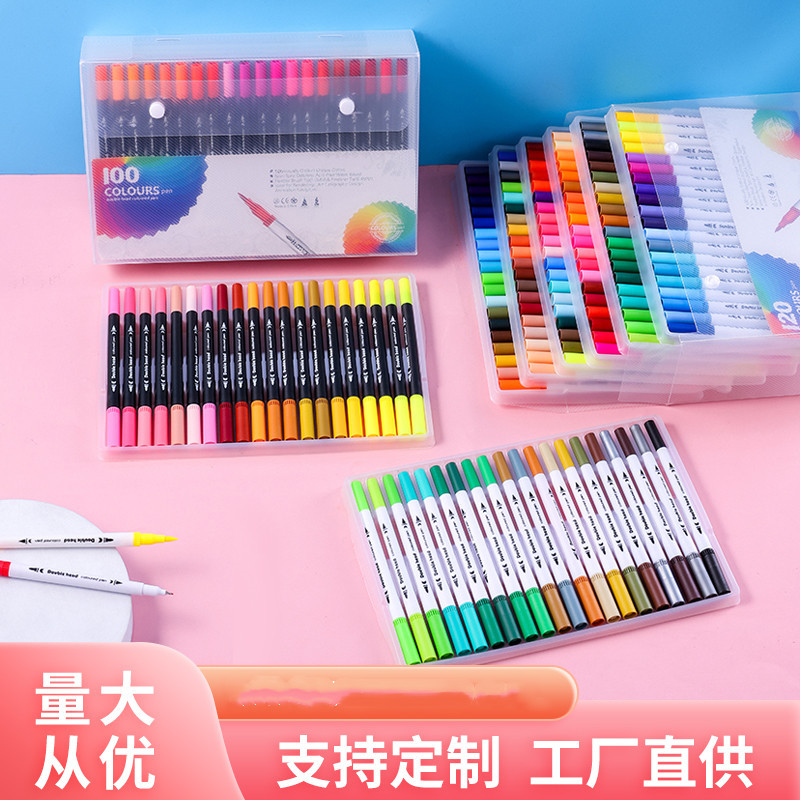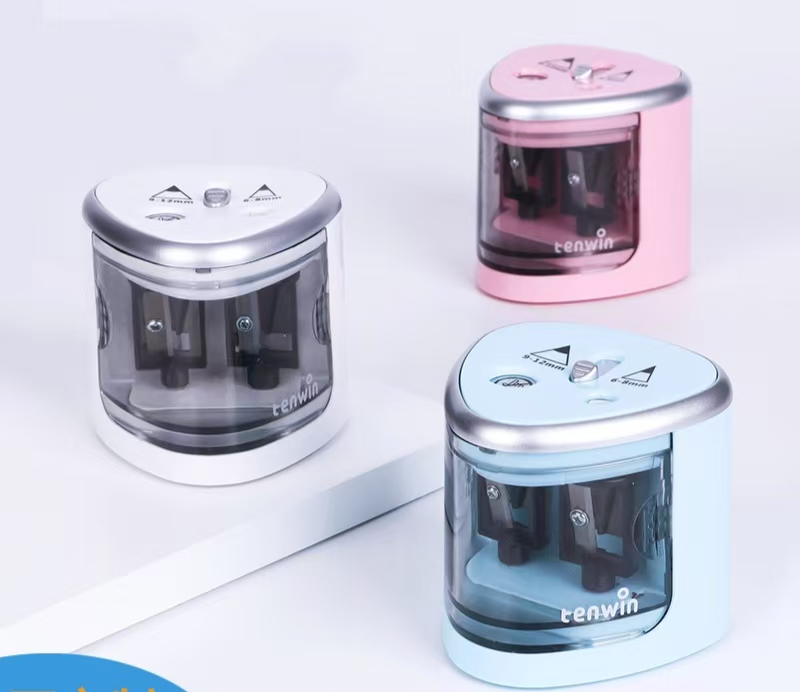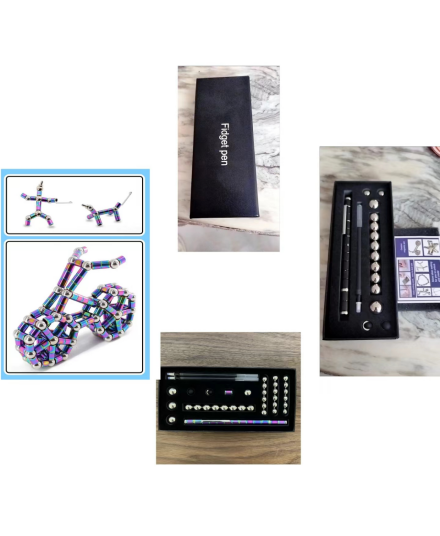Why Standard Stationery Designs Make It Hard for Retailers to Stand Out

Retailers stocking generic stationery face the same struggle every day—they rely on price cuts to move products, but those cuts eat into profits and blur their brand’s identity in a crowded market.
Standard stationery designs limit retail differentiation because shoppers see the same products everywhere and buy based on price alone. Proprietary, brand-led designs help retailers attract customers seeking unique or meaningful choices.

When I offered the same notebooks and pens as other stores, I had to cut prices to win sales. There was nothing special about my shelves, and customers switched easily. But once I started introducing exclusive designs, my business changed—margins grew and shoppers returned for the unique finds. I believe retailers must treat stationery design as a branding tool, not just a commodity. Here’s how it works and how to start.
What is stationery design in branding?
Why does stationery design matter for building a store’s brand?
Stationery design expresses a retailer’s identity through colors, logos, and messages, making its products easy to recognize and associate with positive feelings about the brand.

A store’s look is more than just its logo—it’s the vibe customers feel picking up a notebook or writing with a branded pen. I found shoppers remembered my shop when my stationery used signature styles and messaging, rather than plain, unbranded stock. Strong design made each piece a little ambassador for my story.
Stationery Branding Elements Table
| Element | How It Supports Branding | Example |
|---|---|---|
| Logo Placement | Encourages recall | Prominent cover logo |
| Unique Colors | Makes products stand out | Store-specific color palette |
| Slogan/Messaging | Builds emotional connection | School spirit quotes on pages |
How to design stationery?
How do retailers create stationery that sparks interest and builds brand loyalty?
Designing stationery starts with understanding customer needs, choosing distinctive themes, and adding exclusive brand elements that reinforce a store’s unique personality.

I learned design by asking customers what they wanted—bright colors for students, classic styles for professionals. Collaborating with designers let me test small batches, adjusting fonts, patterns, and packaging until my collections matched my brand’s goals. Regular feedback helped me keep up with trends so my shelves always felt fresh.
Stationery Design Process Table
| Step | What to Focus On | Example Approach |
|---|---|---|
| Know Your Audience | What matters most to shoppers | Student needs, office trends |
| Theme and Concept | Stand out versus competitors | Eco, minimalist, bold prints |
| Prototype/Iterate | Refine until right | Sample test with customers |
| Brand Integration | Logo, colors, messaging | Custom covers, packaging |
What are the three types of branding?
What kinds of branding should retailers use to break out of the standard stationery rut?
The three main branding types are corporate branding, product branding, and personal branding. Combining them gives retailers a toolkit to build resilient, recognizable stationery lines.

At first, I leaned heavily on product branding by making certain collections stand out. Over time, I realized mixing personal branding—my story as a retailer—with strong corporate branding built trust and loyalty. Each type helps connect with different shopper groups, creating layers that strengthen brand stickiness in a competitive market.
Branding Types Table
| Branding Type | Where It Works | Example for Stationery |
|---|---|---|
| Corporate Branding | Builds firm identity | Store-wide logo/palette |
| Product Branding | Differentiates sub-lines | Unique themes per collection |
| Personal Branding | Inspires shopper loyalty | About-the-retailer story |
Conclusion
Retailers who rely on standard stationery designs wage price wars they rarely win. Generic products turn shelves into battlefields for discounts, eroding both profits and recognition. My journey proves that unique, branded stationery1 lifts margins and turns casual shoppers into loyal fans. The market trend is clear: generic designs are commodities, but distinctive, story-driven pieces2 command attention and protect businesses from competition. Success means seeing stationery as branding—crafting every item to reflect a retailer’s spirit, meeting customer needs, and layering brand types for deeper impact. Don’t just sell paper—sell the experience, and watch your shelves become destinations instead of pass-throughs.
